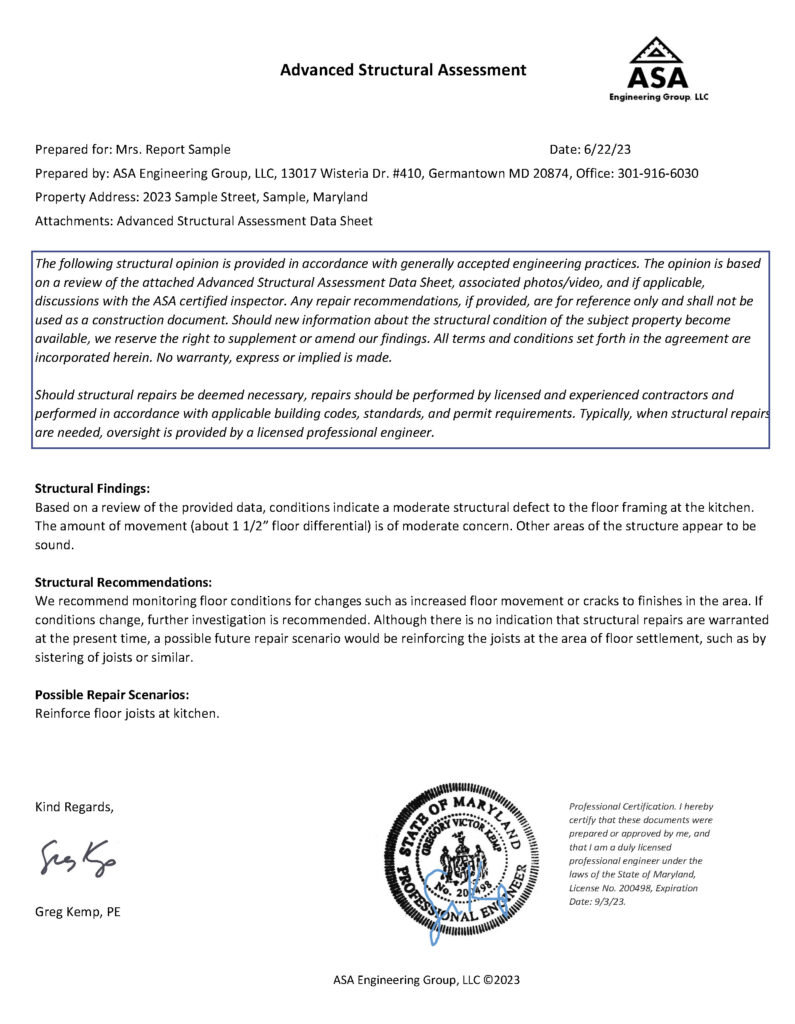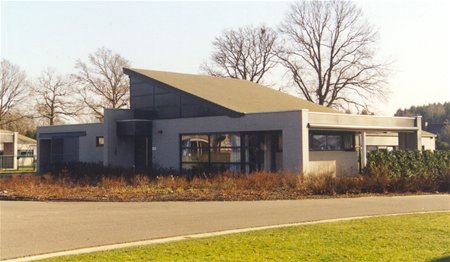Evaluating The Brooklyn Bridge: A Comprehensive Structural Review

Table of Contents
Historical Context and Initial Design
The Brooklyn Bridge, conceived by John A. Roebling, was a groundbreaking achievement when construction began in 1869. Its design, employing revolutionary cable-stay technology, was unparalleled for its time. Roebling's innovative use of steel wire cables, combined with the robust limestone, granite, and sandstone masonry, created a structure capable of withstanding immense loads. Tragically, Roebling died early in the project, but his son, Washington Roebling, took over and ultimately oversaw its completion in 1883.
- Key Materials: Steel wire cables, limestone, granite, sandstone.
- Construction Challenges: The immense scale of the project, the unpredictable currents of the East River, and the innovative engineering techniques all presented significant challenges. Dealing with worker deaths and injuries due to caisson disease (the bends) was a significant obstacle.
- Impact: The Brooklyn Bridge dramatically improved transportation between Manhattan and Brooklyn, fueling significant urban development and economic growth on both sides of the East River. It fundamentally altered the landscape and daily life of New York City.
Current Structural Condition and Assessment Methods
Maintaining the Brooklyn Bridge's structural integrity requires a multifaceted approach encompassing continuous monitoring and regular inspections. A sophisticated system of ongoing assessment utilizes a range of non-destructive testing (NDT) methods to identify potential weaknesses before they escalate into major problems.
- Inspection Frequency: Regular inspections are conducted, varying in frequency depending on the specific component being assessed. Some areas receive more frequent scrutiny than others.
- Assessment Methods:
- Visual Inspection: Regular visual surveys by trained engineers are fundamental to identifying surface cracks, corrosion, or other visible signs of deterioration.
- Ultrasonic Testing: Uses high-frequency sound waves to detect internal flaws within the bridge's materials.
- Ground-Penetrating Radar: Employed to map the subsurface conditions and identify potential voids or anomalies within the foundations.
- Structural Health Monitoring (SHM): Advanced sensors and data acquisition systems provide real-time information on the bridge's behavior, allowing for proactive intervention and preventative maintenance. This data helps engineers understand stress levels, vibrations, and other critical factors. The data analysis techniques employed involve complex algorithms to identify trends and predict potential issues.
Addressing Age-Related Deterioration and Maintenance Strategies
The Brooklyn Bridge, being over a century old, faces the inevitable challenges of age-related deterioration. Corrosion of steel components, fatigue from constant traffic loads, and the cracking of masonry are ongoing concerns. Extensive maintenance and repair efforts are constantly underway to mitigate these issues.
- Examples of Past Repairs: The bridge has undergone numerous repairs throughout its history, including cable replacements, masonry restoration, and the strengthening of various structural elements.
- Current Maintenance Schedule: A rigorous maintenance schedule is in place, involving regular inspections, cleaning, painting, and targeted repairs based on the ongoing assessment data.
- Materials Used in Repairs: Modern materials and techniques are often used in repairs, ensuring compatibility with the existing structure while enhancing durability and longevity. However, efforts are made to maintain the historical integrity whenever possible.
- Long-Term Preservation Plans: Long-term preservation plans are developed and updated periodically, incorporating lessons learned from past repairs and incorporating advances in engineering and materials science. Preventative maintenance is a cornerstone of this strategy.
Future Sustainability and Modernization
Balancing the need for modernization with the preservation of the bridge's historical significance is a crucial consideration. Future plans incorporate sustainable practices and technologies to ensure the bridge's continued functionality and resilience.
- Potential Future Projects: Ongoing research explores the possibilities of integrating new materials and technologies to further improve the bridge's structural integrity and resilience.
- Use of New Materials and Technologies: Innovative materials and technologies may be incorporated in future upgrades, focusing on durability, sustainability, and minimizing environmental impact.
- Impact on Traffic Flow and Pedestrian Access: Any future upgrades must consider minimizing disruption to traffic flow and pedestrian access during construction and after completion.
- Environmental Considerations: Sustainability is a priority. Future improvements strive to minimize environmental impact through the use of eco-friendly materials and construction methods.
Conclusion: Ensuring the Longevity of the Brooklyn Bridge
This Brooklyn Bridge structural review highlights the remarkable resilience of this iconic structure and the dedication to preserving its integrity for future generations. The ongoing commitment to continuous monitoring, proactive maintenance, and the incorporation of innovative approaches are essential for ensuring the long-term sustainability of the Brooklyn Bridge. By embracing a blend of historical preservation and modern engineering, we can secure the future of this engineering marvel. To learn more about the ongoing efforts to preserve this iconic structure, conduct further research on "Brooklyn Bridge structural review," and explore relevant official websites and publications. Engage in responsible tourism and appreciate the breathtaking engineering achievement that is the Brooklyn Bridge.

Featured Posts
-
 Fortune Coins March To Fortune Your Guide To Winning
May 18, 2025
Fortune Coins March To Fortune Your Guide To Winning
May 18, 2025 -
 Rome Trip Paid For By Regulated Companies Ethics Concerns For State Officials
May 18, 2025
Rome Trip Paid For By Regulated Companies Ethics Concerns For State Officials
May 18, 2025 -
 Toekomst Nederlandse Defensie Industrie Steun Voor Uitbreiding
May 18, 2025
Toekomst Nederlandse Defensie Industrie Steun Voor Uitbreiding
May 18, 2025 -
 Analyzing Confortos Potential A Hernandez Comparison For The Dodgers
May 18, 2025
Analyzing Confortos Potential A Hernandez Comparison For The Dodgers
May 18, 2025 -
 Ben Joyce And Kenley Jansen A Masterclass In Relief Pitching
May 18, 2025
Ben Joyce And Kenley Jansen A Masterclass In Relief Pitching
May 18, 2025
Latest Posts
-
 Secure And Anonymous Crypto Gambling Jackbits Top Ranking Explained
May 18, 2025
Secure And Anonymous Crypto Gambling Jackbits Top Ranking Explained
May 18, 2025 -
 Jackbit Casino A Leading Platform For Safe And Anonymous Crypto Gambling
May 18, 2025
Jackbit Casino A Leading Platform For Safe And Anonymous Crypto Gambling
May 18, 2025 -
 Jackbit Best Crypto Casino For Safe And Anonymous Bitcoin Gambling
May 18, 2025
Jackbit Best Crypto Casino For Safe And Anonymous Bitcoin Gambling
May 18, 2025 -
 Jackbit Casino Instant Withdrawals And Top Crypto Gaming
May 18, 2025
Jackbit Casino Instant Withdrawals And Top Crypto Gaming
May 18, 2025 -
 Best Bitcoin Casino Jackbit Review And Instant Withdrawal Guide
May 18, 2025
Best Bitcoin Casino Jackbit Review And Instant Withdrawal Guide
May 18, 2025
